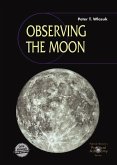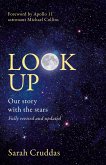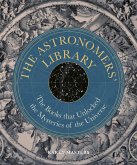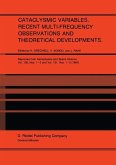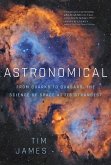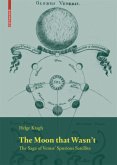In the early part of the eighteenth century, Francesco Bianchini of Verona turned his primitive telescope - a refractor of only a few centimetres aperture but with an enormous focal length of around 20 metres - on the planet Venus. He recorded some of the first telescopic observations of Venus, outstanding in terms of care and accuracy. Bianchini determined the parallax of the planet, estimated the period of rotation, and carefully mapped surface features (although we now know that only Venus' atmospheric clouds can be seen in visible light).
Peter Fay and Sally Beaumont have translated this historic document into English, keeping as much as possible of the flavour and appearance of the original 1728 publication. As part of his research, Peter Fay constructed and tested a telescope similar to the one Bianchini had used. The results are given as an appendix to the text. Astronomers and historians alike will find this book fascinating. It is published by Springer-Verlag London to celebrate the launch of the Astronomy publishing programme in the UK.
Hinweis: Dieser Artikel kann nur an eine deutsche Lieferadresse ausgeliefert werden.
Peter Fay and Sally Beaumont have translated this historic document into English, keeping as much as possible of the flavour and appearance of the original 1728 publication. As part of his research, Peter Fay constructed and tested a telescope similar to the one Bianchini had used. The results are given as an appendix to the text. Astronomers and historians alike will find this book fascinating. It is published by Springer-Verlag London to celebrate the launch of the Astronomy publishing programme in the UK.
Hinweis: Dieser Artikel kann nur an eine deutsche Lieferadresse ausgeliefert werden.


